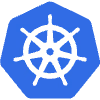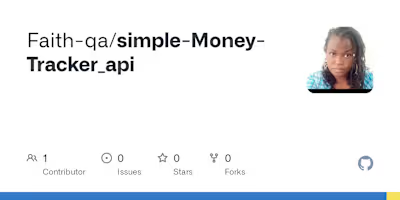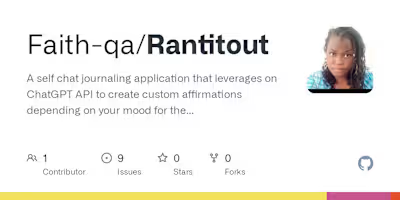Faith-qa/Faith-monolith-to-microservices-project
Udagram Image Filtering Application
Udagram is a simple cloud application developed alongside the Udacity Cloud Engineering Nanodegree. It allows users to register and log into a web client, post photos to the feed, and process photos using an image filtering microservice.
The project is split into two parts:
Frontend - Angular web application built with Ionic Framework
Backend RESTful API - Node-Express application
Getting Started
Prerequisite
The depends on the Node Package Manager (NPM). You will need to download and install Node from https://nodejs.com/en/download. This will allow you to be able to run
npm commands.Environment variables will need to be set. These environment variables include database connection details that should not be hard-coded into the application code.
Environment Script
A file named
set_env.sh has been prepared as an optional tool to help you configure these variables on your local development environment.We do not want your credentials to be stored in git. After pulling this
starter project, run the following command to tell git to stop tracking the script in git but keep it stored locally. This way, you can use the script for your convenience and reduce risk of exposing your credentials. git rm --cached set_env.shAfterwards, we can prevent the file from being included in your solution by adding the file to our
.gitignore file.1. Database
Create a PostgreSQL database either locally or on AWS RDS. The database is used to store the application's metadata.
We will need to use password authentication for this project. This means that a username and password is needed to authenticate and access the database.
The port number will need to be set as
5432. This is the typical port that is used by PostgreSQL so it is usually set to this port by default.Once your database is set up, set the config values for environment variables prefixed with
POSTGRES_ in set_env.sh.If you set up a local database, your
POSTGRES_HOST is most likely localhostIf you set up an RDS database, your
POSTGRES_HOST is most likely in the following format: ***.****.us-west-1.rds.amazonaws.com. You can find this value in the AWS console's RDS dashboard.2. S3
Create an AWS S3 bucket. The S3 bucket is used to store images that are displayed in Udagram.
Set the config values for environment variables prefixed with
AWS_ in set_env.sh.3. Backend API
Launch the backend API locally. The API is the application's interface to S3 and the database.
To download all the package dependencies, run the command from the directory
udagram-api/: npm install . To run the application locally, run: npm run dev
You can visit
http://localhost:8080/api/v0/feed in your web browser to verify that the application is running. You should see a JSON payload. Feel free to play around with Postman to test the API's.4. Frontend App
Launch the frontend app locally.
To download all the package dependencies, run the command from the directory
udagram-frontend/: npm install . Install Ionic Framework's Command Line tools for us to build and run the application: npm install -g ionic
Prepare your application by compiling them into static files. ionic build
Run the application locally using files created from the
ionic build command. ionic serve You can visit
http://localhost:8100 in your web browser to verify that the application is running. You should see a web interface.Tips
Take a look at
udagram-api -- does it look like we can divide it into two modules to be deployed as separate microservices?The
.dockerignore file is included for your convenience to not copy node_modules. Copying this over into a Docker container might cause issues if your local environment is a different operating system than the Docker image (ex. Windows or MacOS vs. Linux).It's useful to "lint" your code so that changes in the codebase adhere to a coding standard. This helps alleviate issues when developers use different styles of coding.
eslint has been set up for TypeScript in the codebase for you. To lint your code, run the following: npx eslint --ext .js,.ts src/ To have your code fixed automatically, run npx eslint --ext .js,.ts src/ --fix set_env.sh is really for your backend application. Frontend applications have a different notion of how to store configurations. Configurations for the application endpoints can be configured inside of the environments/environment.*ts files.In
set_env.sh, environment variables are set with export $VAR=value. Setting it this way is not permanent; every time you open a new terminal, you will have to run set_env.sh to reconfigure your environment variables. To verify if your environment variable is set, you can check the variable with a command like echo $POSTGRES_USERNAME.Like this project
Posted May 22, 2023
Project code for cd0354 Monolith to Microservices at Scale course taught by Justin Lee - GitHub - Faith-qa/Faith-monolith-to-microservices-project: Project cod…
Likes
0
Views
7







